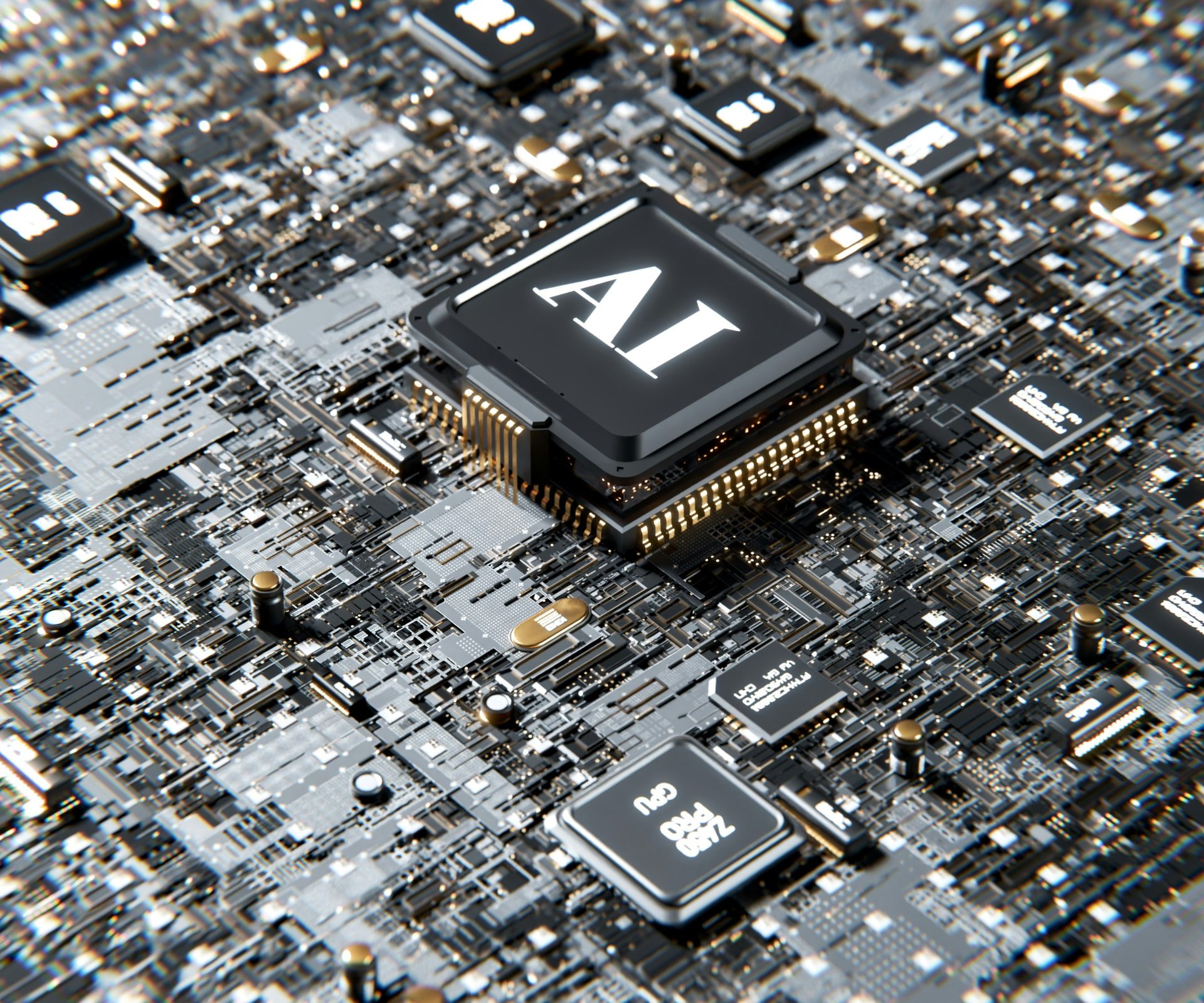The AI Revolution: Are We Running Out of Compute Power?The AI Revolution Is Running on Borrowed Compute—And We Might Be Running Out
Artificial Intelligence is advancing at breakneck speed.
In the last 24 months, we’ve gone from GPT-3 to GPT-4, Gemini, Claude, and multimodal AI modelsthat can see, hear, and act.
But there’s a brutal truthbehind this progress:
🚨 We don’t have enough compute power to sustain AI’s growth.
💡 Right now, AI isn’t limited by algorithms—it’s limited by hardware.
Here’s the current situation:
🔹 GPT-4 requires an estimated 25,000 NVIDIA A100 GPUs to run at scale(SemiAnalysis, 2024).
🔹 Training the next generation of models (GPT-5, Gemini Ultra, and multimodal AI) could require 10X more compute.
🔹 The global supply of high-end AI chips (NVIDIA H100s, AMD MI300X, Google TPUs) is already facing shortages.
🔹 Power grids in the U.S., Europe, and China are struggling to support the energy consumption of massive AI training clusters.
🔥 The AI compute crisis is coming—sooner than anyone expected.
How Much Compute Does AI Actually Require?
The AI arms race is burning through compute resources at an unprecedented rate.
| AI Model | Estimated Compute Cost (FLOPs) | GPUs Required (Training Phase) | Power Consumption |
| GPT-3 (2020) | 3.1E+23 FLOPs | ~10,000 A100 GPUs | ~15 MW for months |
| GPT-4 (2023) | 1.8E+24 FLOPs | ~25,000 A100 GPUs | ~40 MW |
| Gemini Ultra (2024) | ~2E+24 FLOPs | ~30,000+ GPUs | ~45 MW |
| GPT-5 (Expected 2025) | ~1E+25 FLOPs | 100,000+ GPUs? | 100+ MW? |
| AGI-Level AI (~2030?) | ~1E+26 FLOPs | Million+ GPUs? | National power grid levels |
💡 Each new AI model demands exponentially more compute power.
🚨 The problem? We are approaching physical and economic limits.
Can We Solve the Compute Crisis? Possible Solutions
🚨 AI will soon outgrow current compute infrastructure—unless we find solutions fast.
Here’s what’s on the table:
- Quantum Computing: The Long-Term Fix?
🚀 Quantum AI could replace classical GPUs for certain types of AI workloads.
💡 IBM, Google, and Microsoft are leading quantum computing R&D.
⚡ If quantum computing advances fast enough, it could become the ultimate AI accelerator.
🚧 Reality check:
❌ Quantum computing is at least 5-10 years away from being commercially viable for AI training.
- Neuromorphic Chips & AI-Specific Hardware
🔥 NVIDIA, Google, and Intel are working on neuromorphic chips that mimic the human brain.
🔥 AMD’s Instinct MI300X and Google’s TPU v5e are designed specifically for LLM and LMM workloads.
🔥 Microsoft’s Azure Maia chip is a custom AI processor designed to compete with NVIDIA.
🚀 **Custom AI hardware could slash power consumption and improve efficiency by 10X.
- Distributed AI Compute: Using Edge & Cloud Together
✅ Instead of running AI on centralized supercomputers, split workloads across global edge devices.
✅ Amazon, Microsoft, and Google are experimenting with edge AI models that process data locally before sending to cloud GPUs.
✅ This could dramatically reduce compute demand for everyday AI applications.
🔥 Think decentralized AI models that don’t need hyper-expensive GPUs for every inference.
